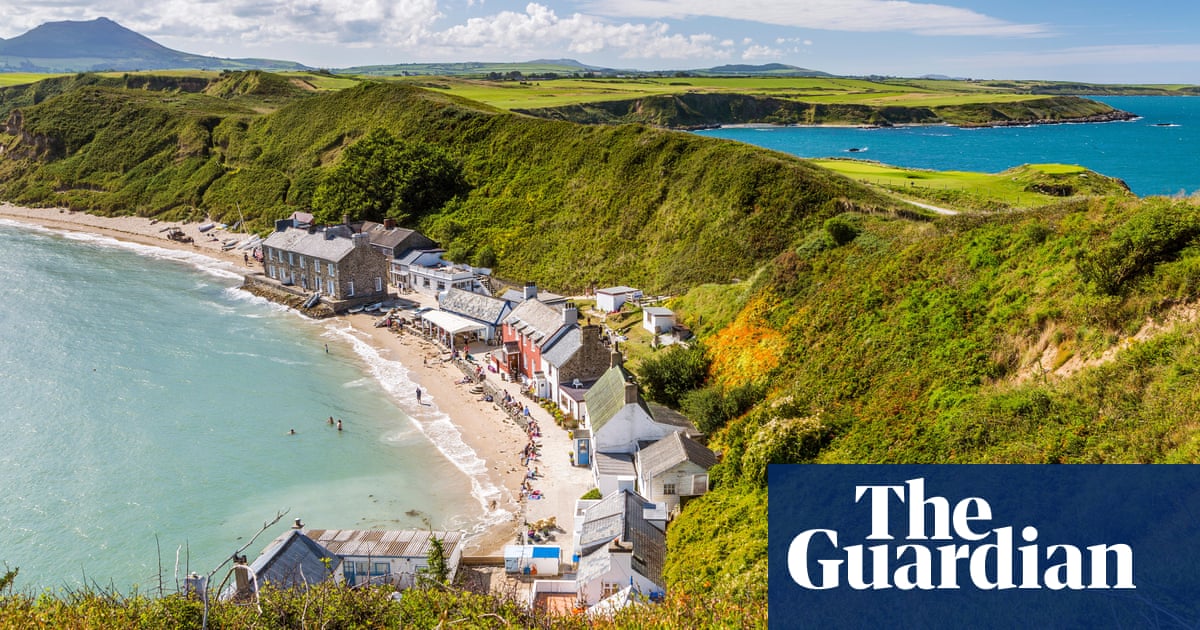The Llŷn peninsula projects a Tolkienesque mystique as you view it from Cardigan Bay. On a clear day, its jagged, alluring and yet foreboding topography – stretching outward into the Irish Sea – is easily visible from as far south as Aberystwyth. No wonder it was chosen as the location for the recent House of the Dragon Game of Thrones spin-off series. It’s also been my constant backdrop for the past few days as I walk the Wales Coast Path exploring the relationship of the people of this land to the sea – how it has shaped society, how humanity has tried to tame it and how the sea will inevitably prevail.
Now, having reached Porthmadog (a town built on reclaimed sand from the Glaslyn estuary), I’m ready to experience the entrancing, wild-looking beauty of the Llŷn up close. I have three walks planned over the coming days. The first is a gentle six-mile stroll from Borth-y-Gest (one bay over from Porthmadog) to Criccieth Castle. As I set out, the tide is retreating at a rate that makes me think someone has pulled the plug on the entire estuary. The small boats bobbing in the bay become statues as they are stranded in the sand.
A large jellyfish lies on a beach directly below Porthmadog golf course. Two kids poke it tentatively with a piece of driftwood. Buried in the sand are huge slabs of micro-layered black and grey slate. They look like stranded giants – could these rocks have inspired the Mabinogi story of Brân the Blessed whose gargantuan severed head was carried back to the Llŷn by his loyal knights after a fateful battle with the Irish king Matholwch?
From the top of Graig Ddu (Black Rock), I can see Criccieth Castle, standing broken but proud on the cliffs in the centre of the town. Unlike many of Gwynedd’s Norman castles, this was built in the 13th century by the Welsh king Llywelyn the Great, as a demonstration of his power and authority over rival Welsh princes.
The artist JMW Turner painted the castle on a tour through Wales in 1835. His watercolour captures a great storm rolling in and breaking over the castle. In the foreground, local people gather to retrieve items being washed up by the sea. It is a theme that has repeated through the centuries. On the night of 27 October 1927, a violent storm – combined with a potent spring tide – hammered into the Llŷn peninsula. The storm surge and…
Click Here to Read the Full Original Article at Travel | The Guardian…
